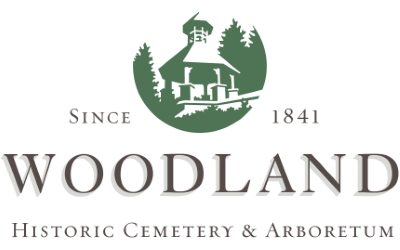Our History
For over 180 years Woodland Cemetery has been a revered place of eternal rest. With over 110,000 souls entrusted to its care, it is the final resting place of many of Dayton’s most distinguished residents including the Wright brothers, Erma Bombeck, Paul Laurence Dunbar, and Charles Kettering.

